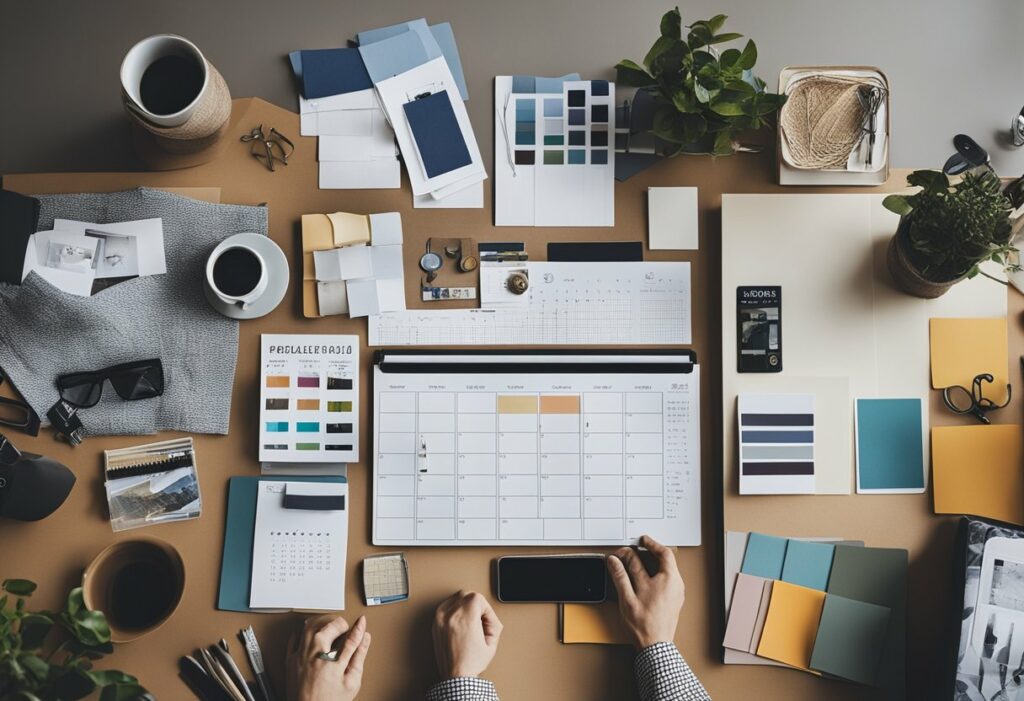Interior Design Schedule: How to Plan and Execute Your Dream Home Design
If you’re planning an interior design project, you know that it can be a complex and time-consuming process. That’s why having an interior design schedule is crucial to ensure that the project stays on track and meets your goals. An interior design schedule is a document that outlines all the tasks that need to be completed, the person responsible for each task, and the deadline for each task.
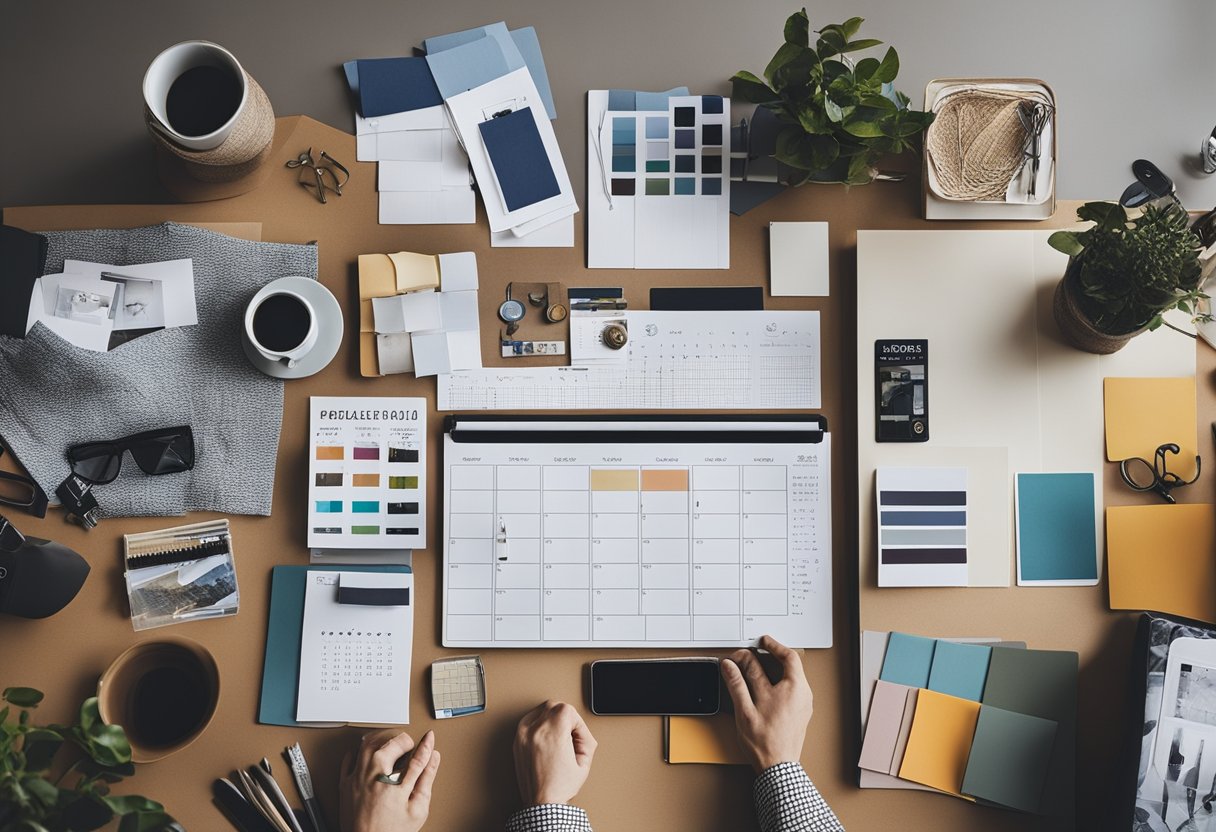
Creating an interior design schedule is a critical part of the planning process. It helps you stay organized and ensures that you don’t miss any important deadlines. By breaking down the project into smaller, manageable tasks, you can easily track progress and adjust the schedule as needed. Whether you’re working on a small renovation or a large-scale project, having a well-planned interior design schedule is essential to achieving your goals.
In this article, we’ll take a closer look at the importance of an interior design schedule and how to create one that works for your project. We’ll cover everything from planning to execution and management, as well as answer some frequently asked questions about interior design schedules. By the end of this article, you’ll have a solid understanding of how to create an interior design schedule that helps you achieve your goals.
Key Takeaways
- An interior design schedule is a crucial document that outlines tasks, responsibilities, and deadlines for an interior design project.
- Creating an interior design schedule helps you stay organized and on track, ensuring that you don’t miss any important deadlines.
- By breaking down the project into smaller, manageable tasks, you can easily track progress and adjust the schedule as needed.
Planning Your Interior Design Project
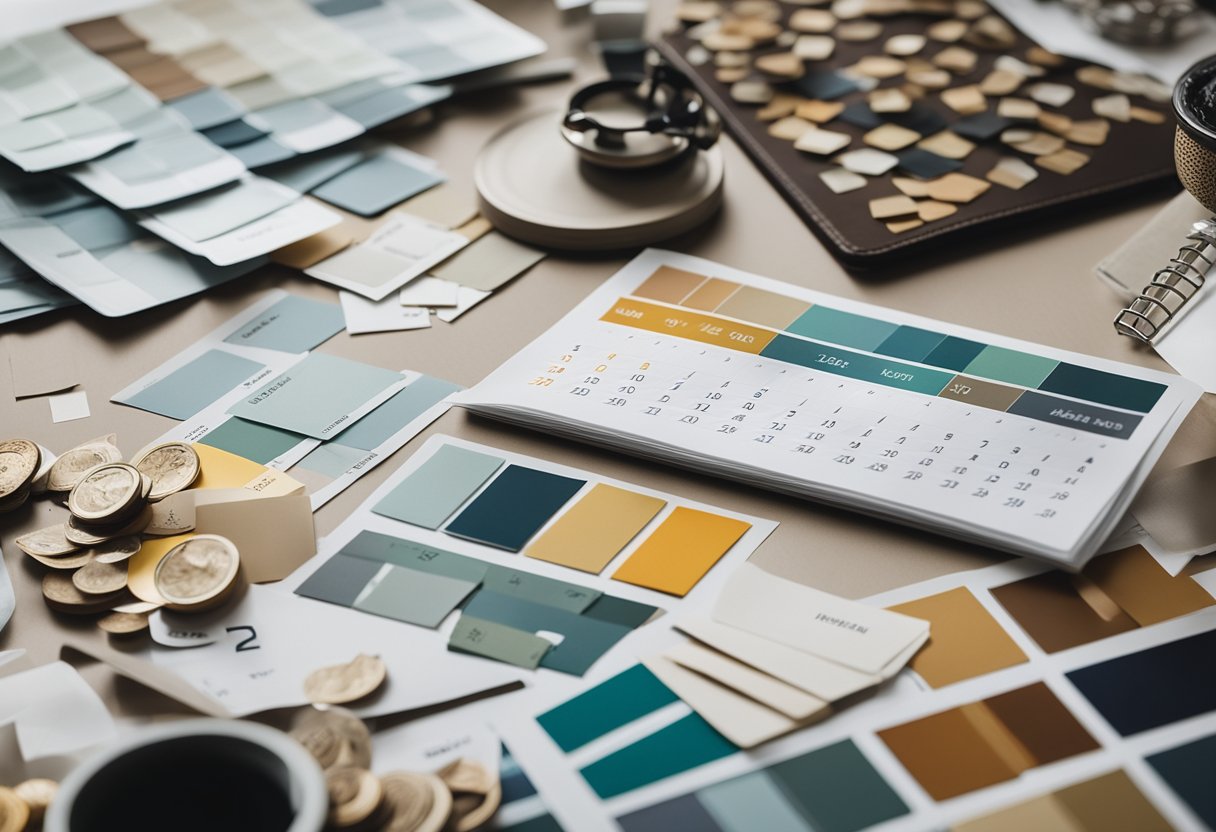
If you’re planning an interior design project, it’s important to start with a clear understanding of the scope of the project. This will help you create a project plan that outlines the tasks, timeline, and resources required to complete the project successfully.
Understanding the Scope
Before you begin any interior design project, it’s important to meet with the client to discuss their brief. This will help you understand their vision for the space and the specific requirements they have for the project. You should also consider any constraints that may affect the project, such as budget, timeline, or building regulations.
Once you have a clear understanding of the project scope, you can begin to develop a step-by-step plan for the project. This plan should outline the various tasks that need to be completed, as well as the timeline and deadlines for each task.
Creating a Project Schedule
One of the most important tools for planning an interior design project is a project schedule. This schedule should outline all of the tasks that need to be completed, as well as the timeline and deadlines for each task.
There are many different interior design schedule templates available that can help you create a project schedule quickly and easily. These templates typically include sections for each task, as well as columns for the start and end dates, the person responsible for completing the task, and any notes or comments related to the task.
Selecting Materials and Furniture
Once you have a project plan and schedule in place, it’s time to start selecting the materials and furniture for the project. This is an important step in the process, as the materials and furniture you choose will have a significant impact on the overall look and feel of the space.
When selecting materials and furniture, it’s important to consider the client’s budget, as well as their design preferences and any functional requirements they have for the space. You should also consider the availability of resources, such as suppliers and contractors, when selecting materials and furniture for the project.
By following these steps and using an interior design schedule template, you can effectively plan and execute an interior design project that meets the client’s needs and exceeds their expectations.
Execution and Management
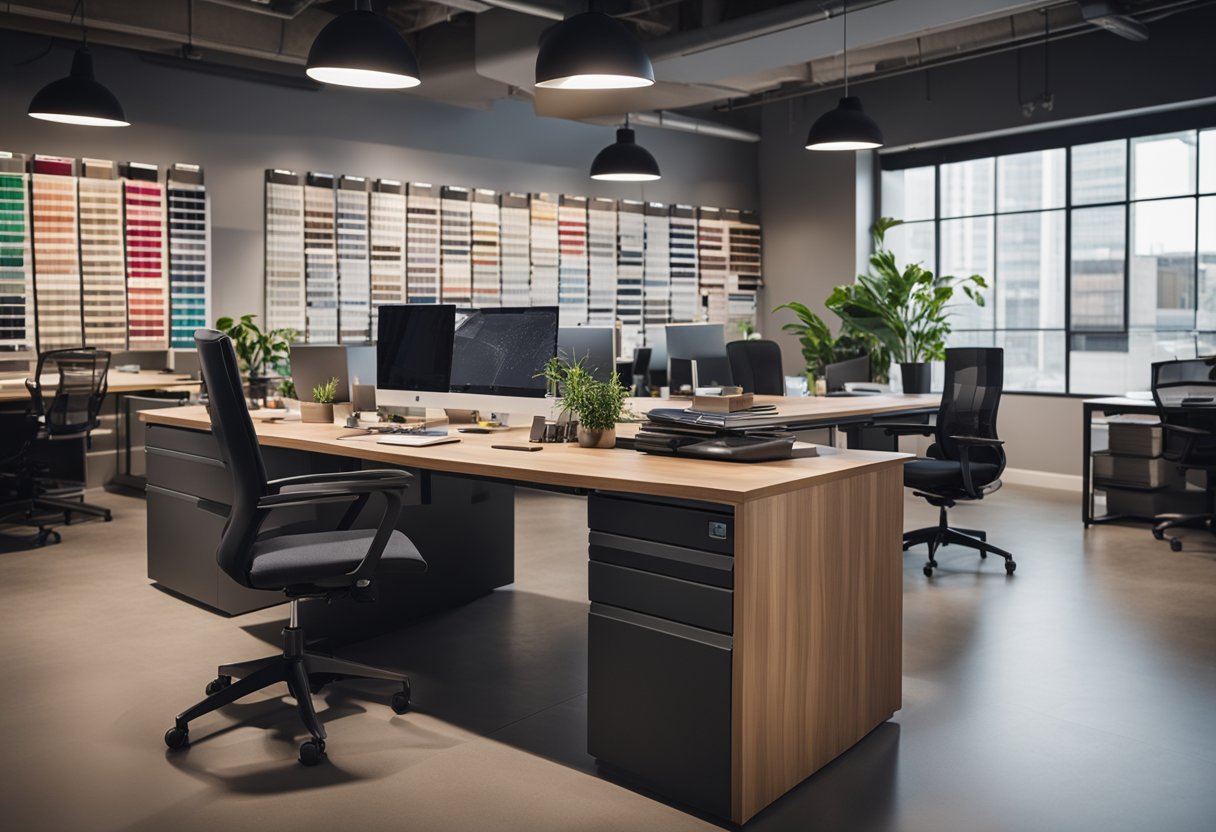
Once the design plan is finalised, it’s time to move on to the execution and management phase. This is where the actual work begins, and it’s important to stay on top of everything to ensure that the project is completed on time and within budget.
Collaboration with Contractors
Collaboration with contractors is a critical aspect of project management. You need to make sure that everyone is on the same page and working towards a common goal. It’s important to establish clear communication channels and provide regular feedback to ensure that the project is progressing as planned.
Monitoring Project Progress
To ensure that the project is progressing as planned, it’s important to monitor progress regularly. This involves keeping track of the project phase, phases of installation, and milestones. You should also be keeping an eye on the budget and making sure that you are staying within your financial constraints.
Finalising and Delivery
As the project nears completion, it’s important to finalise all details and ensure that everything is in order. This includes making sure that all deliverables are complete, all invoices have been paid, and all necessary paperwork has been filed. You should also establish an end date for the project and make sure that everything is delivered on time.
Overall, the execution and management phase is a critical aspect of any interior design project. By managing the project effectively, you can ensure that everything runs smoothly and that the end result is exactly what you envisioned.
Frequently Asked Questions
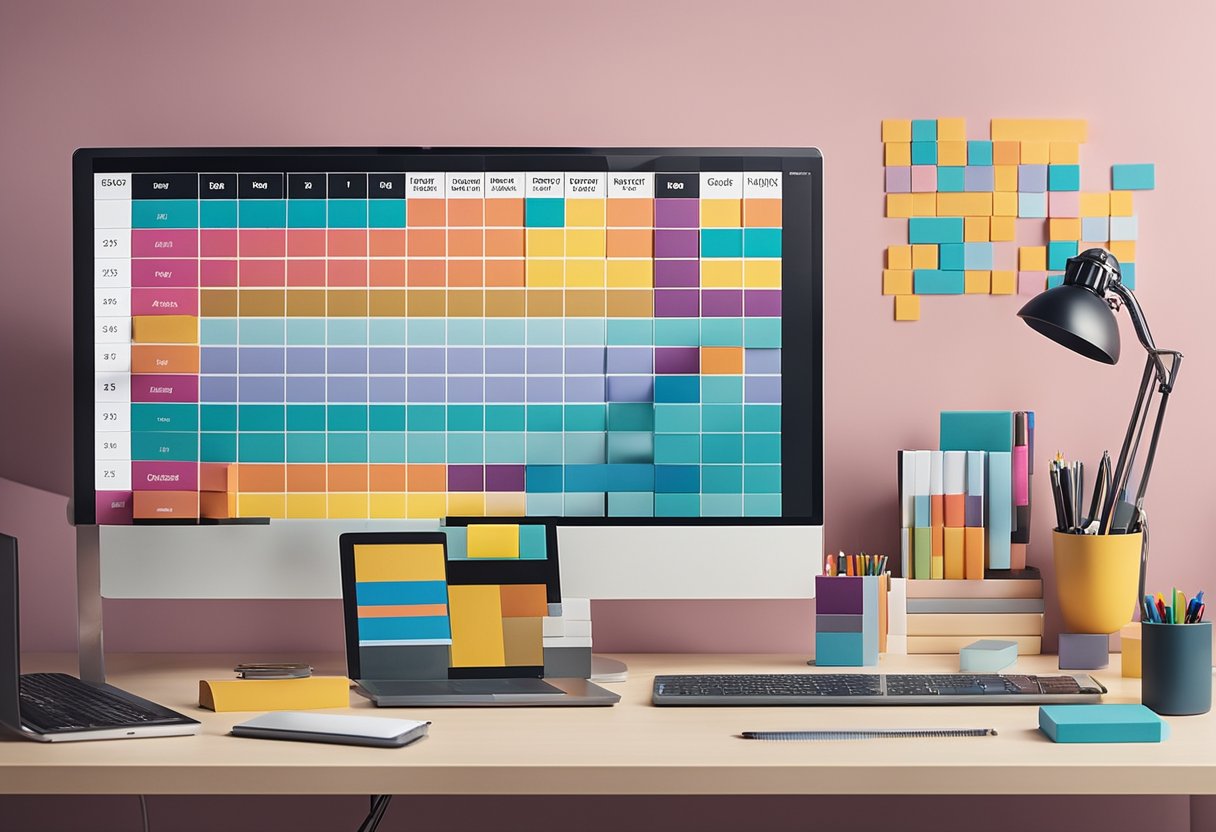
How can you craft an exhilarating interior design schedule?
Crafting an exhilarating interior design schedule is a crucial aspect of any successful interior design project. To create an exhilarating schedule, you need to start by defining the scope of the project, setting realistic timelines, and identifying key milestones. You must also ensure that you have the necessary resources and manpower to complete the project on time.
What does a day brimming with interior design tasks entail?
An interior design schedule is typically packed with a variety of tasks, including site visits, client meetings, design development, material selection, and project management. The day-to-day tasks will depend on the specific needs of the project and the stage of the design process. It is essential to ensure that each day is planned out in detail, with clear objectives and timelines.
Which elements are essential for a comprehensive interior design project plan?
A comprehensive interior design project plan should include a detailed scope of work, a project timeline, a budget, and a list of deliverables. It should also include a risk management plan, a communication plan, and a quality assurance plan. These elements will help ensure that the project is completed on time, within budget, and to the client’s satisfaction.
How do you formulate a dynamic furniture schedule for your interior design project?
Formulating a dynamic furniture schedule involves identifying the required furniture items, determining the lead time for each item, and creating a delivery schedule. It is essential to consider the availability of the furniture, the delivery and installation requirements, and any potential delays or issues that may arise during the process.
What are the steps to creating an engaging Gantt chart for interior design?
Creating an engaging Gantt chart for interior design involves breaking down the project into smaller tasks, determining the dependencies between tasks, and identifying the critical path. You must also set realistic timelines, assign resources, and track progress regularly. A Gantt chart can help you visualise the project schedule and identify any potential delays or issues.
In what ways can you ensure your interior design project management is top-notch?
To ensure top-notch interior design project management, you must start by setting clear objectives, defining the scope of work, and creating a comprehensive project plan. You must also establish effective communication channels, manage risks proactively, and monitor progress regularly. It is essential to have a dedicated project manager who can oversee the project and ensure that it is completed on time, within budget, and to the client’s satisfaction.

